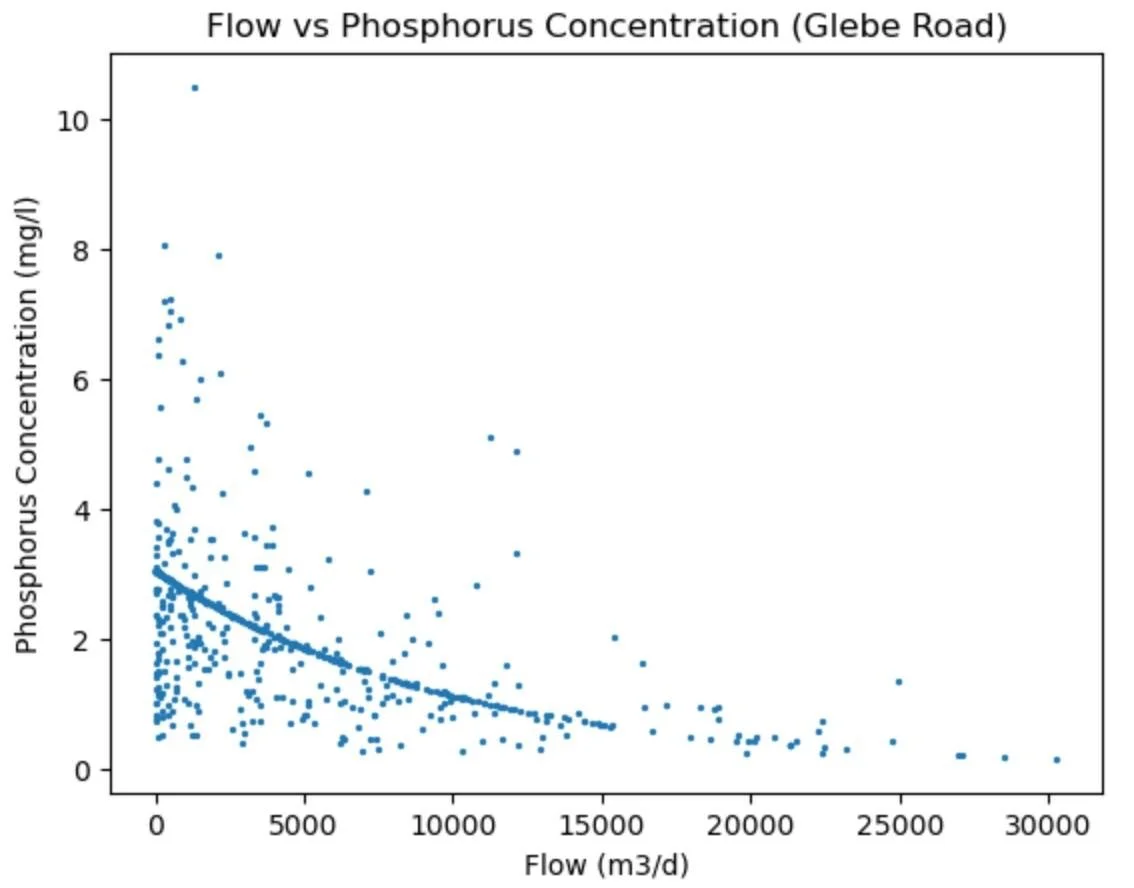Phantom Progress: The Truth Behind United Utilities’ 50% Reduction Claims
In March 2024, United Utilities’ (UU) Wastewater Services Director, Mark Garth, told a national newspaper that, following their AMP6 investment between 2015–2020, phosphorus discharge levels from their assets had been cut by 50%. A success story, then? A shining example of investment protecting Windermere?
Not quite. As the headline suggests, UU’s claim is based on assumptions, because they either don’t have, or won’t provide, the data to back it up.
Whenever United Utilities makes a claim, we question it. Why? Because they’re a £7 billion monopoly with one overriding priority: maximising dividend returns. So when they publicly claimed this 50% reduction, we investigated.
This scrutiny matters. The water industry has increasingly been exposed for manufacturing doubt and deflecting blame around sewage pollution. One published framework, originally designed to identify tobacco industry tactics, highlights 28 recognised strategies of deception and greenwashing. The water industry in England, unsurprisingly, uses 22 of them.
So, here’s what we uncovered.
Our Investigation
We submitted an Environmental Information Regulation (EIR) request asking for:
“All raw data that supported their claim, and if modelling was used, for all assumptions and documentation related to the model.”
Straightforward enough. If United Utilities made such bold claims, the data should be readily available.
It took 53 working days to receive a response, well beyond the statutory timeframe in which they legally have to respond, and even then, the answer was incomplete. UU stated:
“Prior to the improvements in Windermere, United Utilities was discharging 6,356 kg/year of total phosphorus. Following the catchment improvements, this reduced to 3,144 kg/year of total phosphorus—resulting in a 51% reduction.”
But this sidestepped our specific request for the underlying data. So we requested an internal review.
On 8 August, we finally received some data, but we were surprised to find that the only available data that seemed to originate from their assets was from 2008–2012, and even that was patchy.
After reviewing it with independent experts, something troubling emerged: there is no adequate evidence to support UU’s 50% reduction claim. To avoid this blog becoming too burdensome, just a few of the concerns identified by our analysis are outlined below.
Pre-Investment Data Issues
Take Glebe Road pumping station as an example. UU’s pre-investment data (2008–2012) assumes that untreated sewage becomes more diluted with higher flow rates – a reasonable assumption on the surface. The data they shared initially seemed to support this, albeit with significant uncertainties.
But a closer look reveals a more troubling picture. Much of the data appears to be modelled rather than measured. A noticeable cluster of points along a curved line suggests that missing concentration values were estimated based on the assumption that higher flow equals lower concentration. While such modelling might be acceptable for internal estimates, using these modelled values to calculate pollution impact is deeply problematic. Yet, that’s exactly what UU appears to have done.
UU’s data suggested that phosphorus loading into the lake would drop from 1,716 kg/year to 324 kg/year post-investment. But here’s the catch: there’s been no post-investment monitoring to confirm this. We’re simply expected to take UU’s word for it.
At other sites, like Grasmere, the approach for making forward-projections is even more crude. Instead of detailed calculations, they have simply stated: “We will reduce this value by 40% according to AMP6 Targets,” and then multiplied the pre-investment number by 0.6. That’s the extent of their “evidence.”
Post-Investment Data
To reiterate: United Utilities has provided no real, on-the-ground data to support their claim of a 50% phosphorus reduction. Either they have this data and are withholding it or, more likely, they never collected it and are relying on assumptions alone.
Recently, the Environment Agency has added its own estimate in to the mix. In a Guardian article from late last year, the EA claimed:
“Progress is being made, with recent improvements to sewage treatment works leading to a fall in phosphorus input by approximately 30% since 2020.”
So who’s correct? United Utilities, the Environment Agency, or, as we suspect, neither?
We’ve attached the full data set that UU provided through our EIR request so you can review it for yourself. As we can only analyse what we’ve received, we must assume this represents all the data they have pertaining to our request. And based on that evidence, it’s clear that UU cannot claim a 50% reduction in phosphorus loading with any degree of confidence. Without any post-investment raw data, their assertion remains unfounded.
More worryingly, we suspect this same flawed data, or the assumptions behind it, is being used to inform other modelling efforts, including the EA’s source apportionment model used to identify pollution sources in the catchment. Thus it is likely having a major impact on investment decisions and the actions being taken to secure Windermere’s future.
The EA continues to assert:
“Recent improvements to sewage treatment works, driven by the Environment Agency, Ofwat and Government as part of the Water Industry National Environment Programme (WINEP), have already led to around a 30% reduction in phosphorus entering the lake since 2020, with future improvements expected to lead to further reductions.”
But without robust, transparent data, such claims ring hollow, raising serious questions about the claimed success of past investments, the impact of third-party inputs, and the credibility of future projections. It appears that both UU and the EA are more concerned with managing narratives than addressing the core issue: sewage discharge in and around Windermere remains the primary driver of nutrient loading.
Most concerning of all: neither UU nor the EA seem willing to use the one tool that could settle the matter – real-time data. Despite phosphorus sensors already being in place at Windermere Wastewater Treatment Works (WwTW), that information hasn’t been incorporated into the EA’s modelling or UU’s post-investment assessments. This site is the single largest point source in the catchment, discharging up to 5.5 million litres of treated sewage per day. Yet both appear content to ignore this vital evidence.
Conclusion
Windermere may be unique, but its most urgent ecological challenge is all too familiar: a heavily urbanised catchment, with fluctuating visitor numbers placing additional pressure on inadequate infrastructure. The problem is clear, and so is the solution: end sewage pollution once and for all.
Small, incremental improvements won’t cut it. Windermere’s infrastructure must be upgraded to meet the demands of the future and withstand the pressures of climate change. That means real investment, real accountability, and a commitment from Westminster to introduce real legislative change.
The government, the Environment Agency, and water companies must stop relying on unsubstantiated claims of progress. The only way to ensure the long term protection of Windermere for this nation is to end sewage pollution in our lake once and for all.


